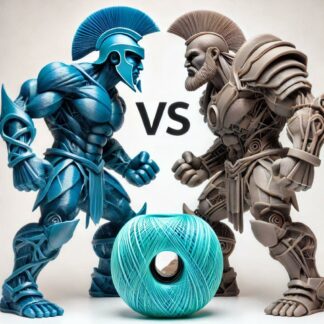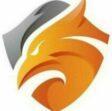
So, you’re in the market for a 3D printer in 2025? Whether you’re a seasoned maker, a hobbyist, or just dipping your toes into the world of 3D printing, choosing the right printer can feel overwhelming. With advancements in speed, precision, and automation, today’s models are miles ahead of their predecessors. The evolution of 3D printing from niche prototyping tools to household essentials has been remarkable, and this year’s lineup reflects just how far the technology has come. Let’s explore some of the standout printers making waves in the industry and why they deserve a place in your workshop.
For those who prioritize reliability and precision, the Original Prusa MK4 continues the legacy of its predecessors with impressive refinements. Prusa has long been a name synonymous with quality, and the MK4 builds on the MK3’s solid foundation. Known for its open-source design and stellar community support, this model delivers high-resolution prints with minimal effort. Enhanced calibration and improved print speeds make it a solid choice for professionals and enthusiasts alike. Unlike its earlier versions, which required significant manual tuning, the MK4 comes with improved automation, reducing the learning curve for beginners. Its combination of ease of use, durability, and adaptability keeps it at the top of many makers’ wish lists.
On the other end of the spectrum, Bambu Lab A1 is redefining what speed means in the world of 3D printing. While traditional FDM printers have long struggled with the balance between speed and accuracy, Bambu Lab has managed to optimize both. The A1 features automatic calibration and multi-color printing capabilities, making it an ideal choice for those who want vibrant, high-speed prints without the hassle of frequent adjustments. Bambu Lab is a relatively new player compared to industry veterans, but its commitment to innovation has positioned it as a formidable competitor. The A1 caters to users who value efficiency and are looking for a printer that can handle high-volume production with ease.
For budget-conscious makers who still want quality prints, Creality’s Ender-3 V3 stands out as an affordable yet powerful option. Creality has a long history of producing reliable entry-level printers, and the V3 is an evolution of their best-selling Ender-3 series. What sets this version apart is its improved stability, automatic bed leveling, and larger build volume. It retains the upgradability that has made Creality printers a favorite among the DIY community, allowing users to tweak and customize their machines to suit their needs. This model is an excellent stepping stone for newcomers looking to get started without compromising on features.
But if you’re looking for even more advanced options, there are some other fantastic models worth exploring. The FLASHFORGE Adventurer 5M is making a name for itself with its complete auto-leveling system and high-speed capabilities, pushing the boundaries of user convenience. Similarly, the Creality K1 SE impresses with hands-free auto-leveling and a quick-swap nozzle, a feature that makes maintenance and upgrades more seamless than ever.
The landscape of 3D printing has changed significantly over the years. Early adopters had to navigate cumbersome setups, frequent misprints, and expensive proprietary materials. Today, we have printers that are nearly plug-and-play, with smart features that anticipate user needs. The rise of automated bed leveling, AI-assisted print monitoring, and enhanced filament compatibility has expanded the range of possible applications, from creating household repairs to designing custom prototypes for small businesses. The impact of 3D printing extends far beyond the hobbyist sphere—industries like healthcare, automotive, and aerospace are leveraging this technology in ways that were once the stuff of science fiction.
With all these advancements, it’s an exciting time to be a part of the 3D printing world. Whether you’re printing cosplay props, functional parts, or intricate models, there’s a printer out there that suits your needs. The evolution from early, finicky machines to today’s high-speed, high-precision models demonstrates just how far we’ve come—and where we’re heading. If you’ve been considering getting into 3D printing or upgrading your setup, there’s no better time than now to dive in. What are you most excited to create this year?




